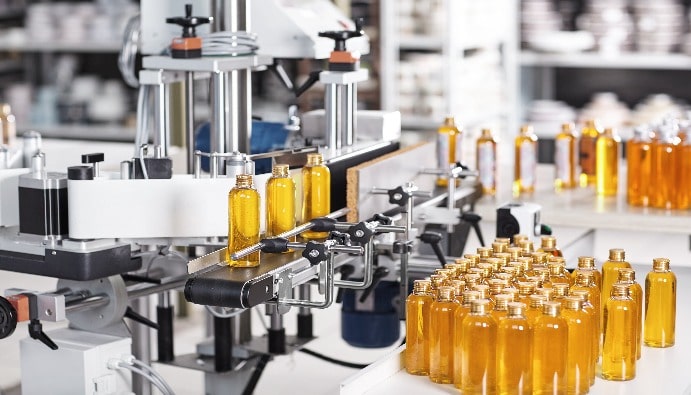1,4-Dioxane in Cosmetics
1,4 Dioxane is a substance that emerges when sodium lauryl sulfate (SLS), found in products such as liquid soap, shampoo, shower gel, and dishwashing detergent, is transformed into sodium lauryl ether sulfate (SLES) through ethoxylation processes.1.4 Dioxin is not usually found on the labels of cosmetics or personal care products. Because it is a pollutant that comes out by mixing the components in the products. Attention should be paid to substances such as SLS, PEG, xynol, ceteareth, and oleth on the label.
1,4 Dioxin can often be found in foam-forming products. 1,4-dioxane is produced through a process called ethoxylation, in which ethylene oxide, a known breast carcinogen, is added to other chemicals to make them less harsh. Independent lab tests co-published by the Campaign for Safe Cosmetics have shown that popular brands of kids' bubble bath and body wash contain 1,4-dioxane.
Alternative processes to ethoxylation exist, but many companies do not make use of them. Vacuum stripping can remove 1,4-dioxane from an ethoxylated product, or manufacturers can bypass ethoxylation altogether by using less harsh ingredients to start with. In this way 1.4 Dioxin can be avoided.


